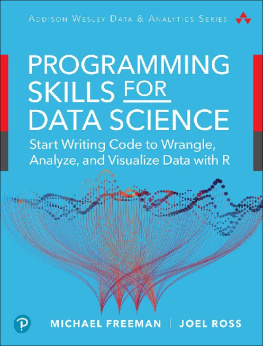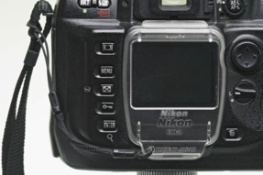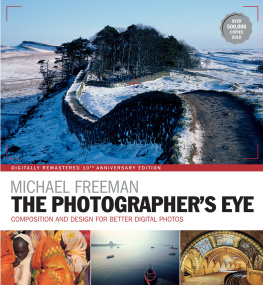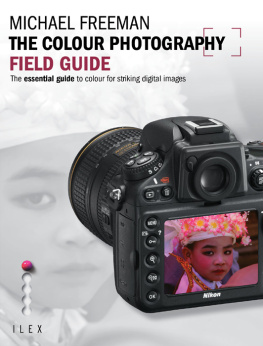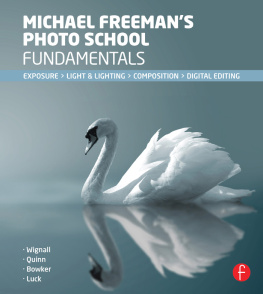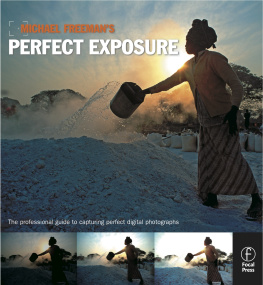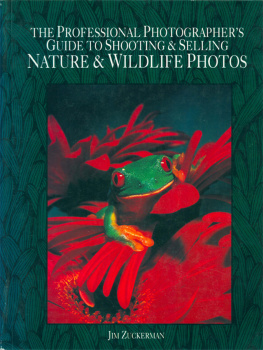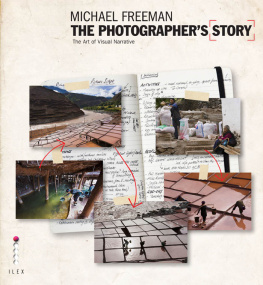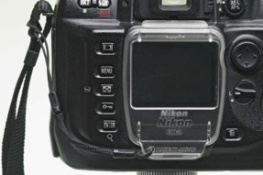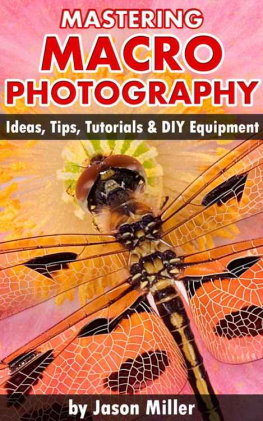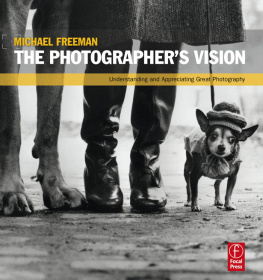Contents
Guide

Contents
HOW TO USE THIS EBOOK
Select one of the chapters from the and you will be taken straight to that chapter.
Look out for linked text (which is blue) throughout the ebook that you can select to help you navigate between related sections.
You can double tap images and tables to increase their size. To return to the original view, just tap the cross in the top left-hand corner of the screen.
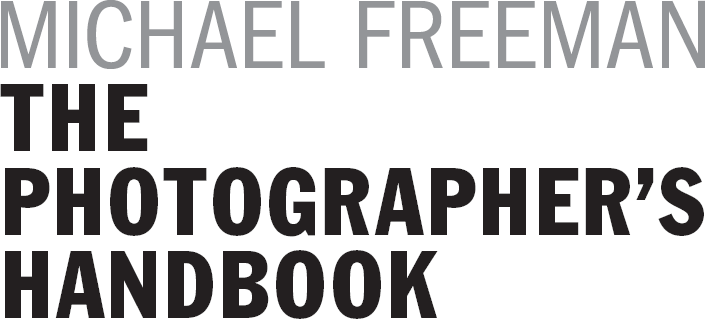
In his long and distinguished career, photographer and author MICHAEL FREEMANhas concentrated principally on documentary travel reportage, and has been published in dozens of major publications worldwide, including Time-Life, GEOand Smithsonianmagazine, for whom he has shot dozens of feature stories across the globe over the course of a three-decade relationship. Much of his work has focused on Asia, beginning in the early days with Thailand, and expanding throughout Southeast Asia, including Cambodia, Japan, and China. His most recent book of documentary reportage is Tea Horse Road,tracing the ancient trade route that began in the 7th century between southwest China and Tibet.
His numerous books teaching the craft of photography have sold over four million copies, and been translated into 27 languages. The Photographers Eyeis his bestselling volume, and has become the definitive work on photographic composition and design.
Introduction
There have been photography handbooks before (many), and Ive been responsible for some of them. My first is now almost a historical document. So why bother with this one? The simple truth is that photography is changing faster now than at any time in its history. This handbook is a world away from the earliest I wrote because it has to deal with very different issues.
Whats changing most is, perhaps surprisingly, not the technology but the very idea of what photography is about. We already had the digital revolution. Thats now in the past, and what we have instead now is steady improvement in the technology. Capture becomes smarter and neater, and the possibilities of what you can then do with your images continue to increase. A bigger deal entirely is what all of us hope to get out of our photography and how to succeed at doing so. In an ocean of photographs, we all want to make interesting, personal images that somehow stand out among the millionsmaybe trillions of others. Its a new world of photography in which everyone shoots.
For almost their entire history, photographers recorded places, things and events, and for much of the time it was enough simply to show what they looked like because the audience was never going to be able to experience these things for themselves. This was the purpose of the early picture magazines, and the f/8 and be there (i.e., set your camera and show up) mentality ruled. As Lou Klein, the first art director who influenced me, said, it was all about being in the right place at the right time. Of course, it wasnt. As a professional, he assumed that I was already capable of making a good picture out of any situation.
Now, there isnt that division between professionals and amateurs, and thats exactly why this handbook exists. Its about everything we all had to master, and that hasnt changed. What digital has done, however, is to enable photography for everyoneincluding those without a traditional cameraand to enable sharing with everyone else. There is no passive audience any more. For travel shooters, there are no viewers back home fascinated to see what they would never be able to for themselves. The audience for photos is now worldwide and they, too, take pictures, in the same places and at the same times. That simply means we have to try harder and become more skilful, not just at working the equipment but also at making images that are different and uniquely appealing, and then sharing them effectively. This handbook covers all of these bases, and its aim is to get you there.
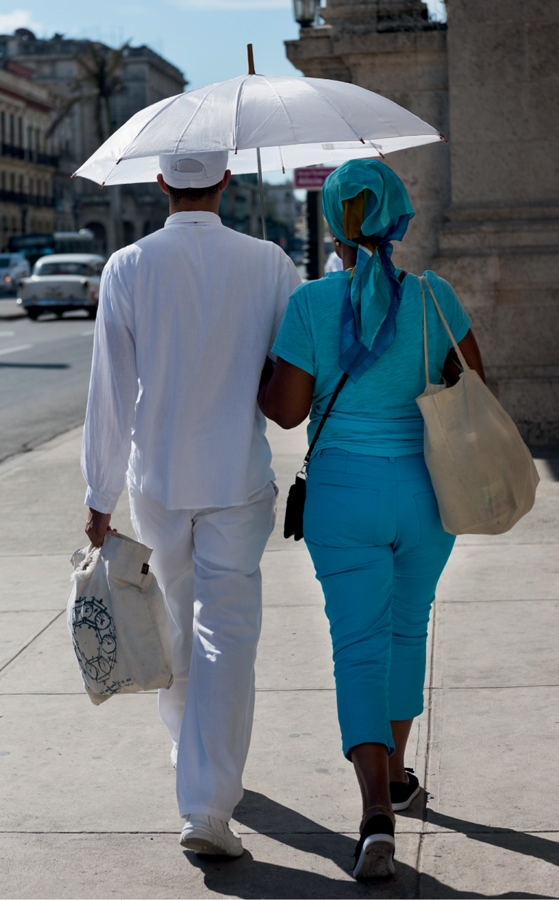
1 TECH
If you think of photography as a creative activity (I do), theres no other that comes close to having so much technology in it yet, its two sided. All that goes into this technology helps us to create imagery, occasionally opening up new possibilities and even triggering ideas for new styles of picture. At the same time, photo technology can hold things back simply by diverting energy and attraction away from photography and towars bright, shiny toys.


